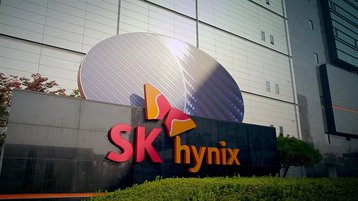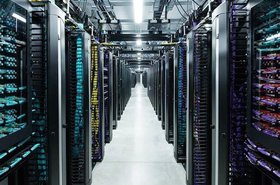SK Hynix plans to strengthen its chips business by investing 103 trillion won ($74.6 billion) over the next three years.
According to a report from Reuters, the investment will primarily focus on artificial intelligence (AI) technologies, including high bandwidth memory (HBM) chips, AI data centers, and AI services such as personalized AI assistants.
The news outlet further reported that SK Hynix is planning to spend an additional 80 trillion won ($58bn) on AI and semiconductors, in addition to funding shareholder returns and streamlining operations at its 175 subsidiaries to get them into a “manageable range.”
The investment decisions were made during a two-day strategy meeting where company executives met to discuss restructuring efforts, with Reuters reporting that some believe its parent company, SK Group, has become somewhat bloated of late.
The conglomerate, which is the second largest in South Korea, is comprised of 219 companies as of May. No information about which subsidiaries might be impacted has been disclosed.
A SK Group spokesperson told Reuters that any changes would be "routine management activity" and would help the company to better respond to "a changing business environment, including geopolitical issues."
However, SK Group Chairman Chey Tae-won was reported as saying that “preemptive and fundamental change is necessary.”
In the past 12 months, SK Hynix has announced a host of large global investments, including a new 5.3 trillion won ($3.86 billion) dynamic random access memory (DRAM) chip fab in South Korea and a $3.87bn advanced chip packaging facility in West Lafayette, Indiana.
The company also has plans to invest 122 trillion won ($91bn) to build a memory production facility in Suwon, in South Korea’s Gyeonggi Province, as part of the government’s plans to build a semiconductor mega cluster.
The first quarter of 2024 also saw the company record its first positive income since 2022. In a statement released at the time, the company said that the demand for AI memory technology in addition to increased sales of enterprise solid state drives (eSSD) for use in on-premises AI data centers is helping to boost the company’s DRAM and NAND businesses and allowing it to achieve “meaningful turnaround” with regards to its profits.







